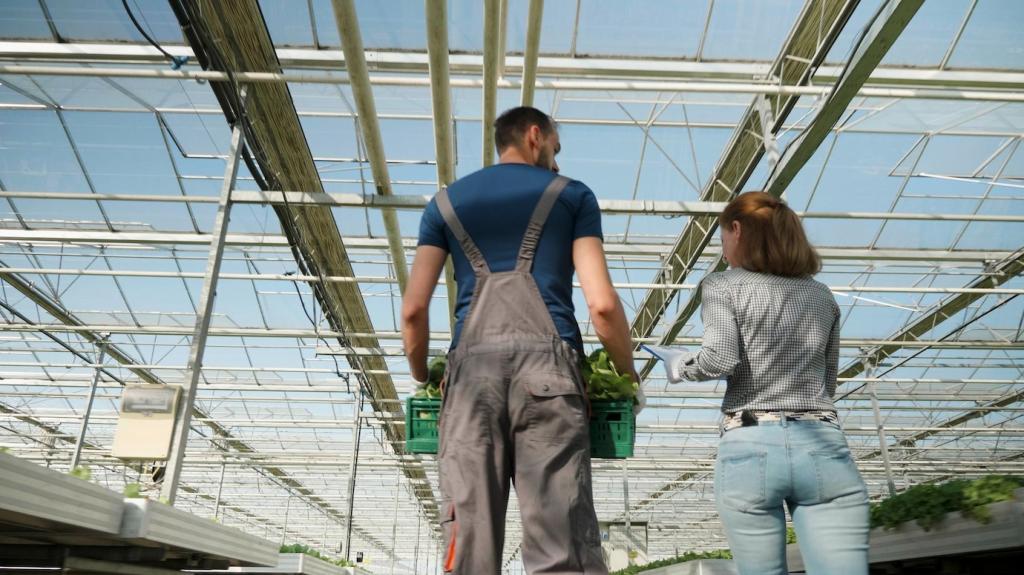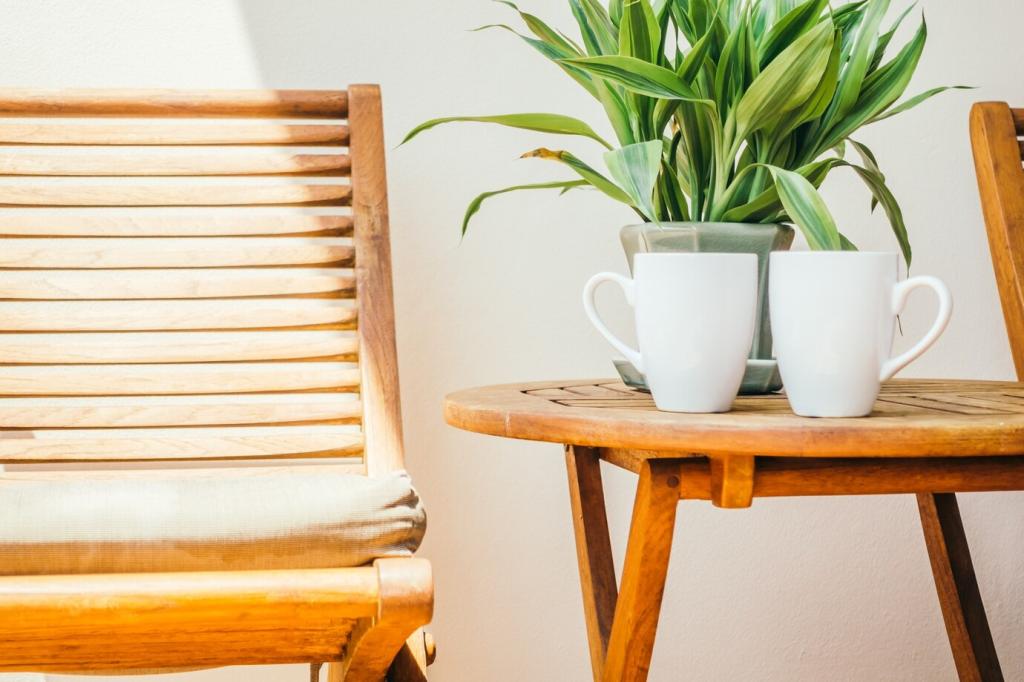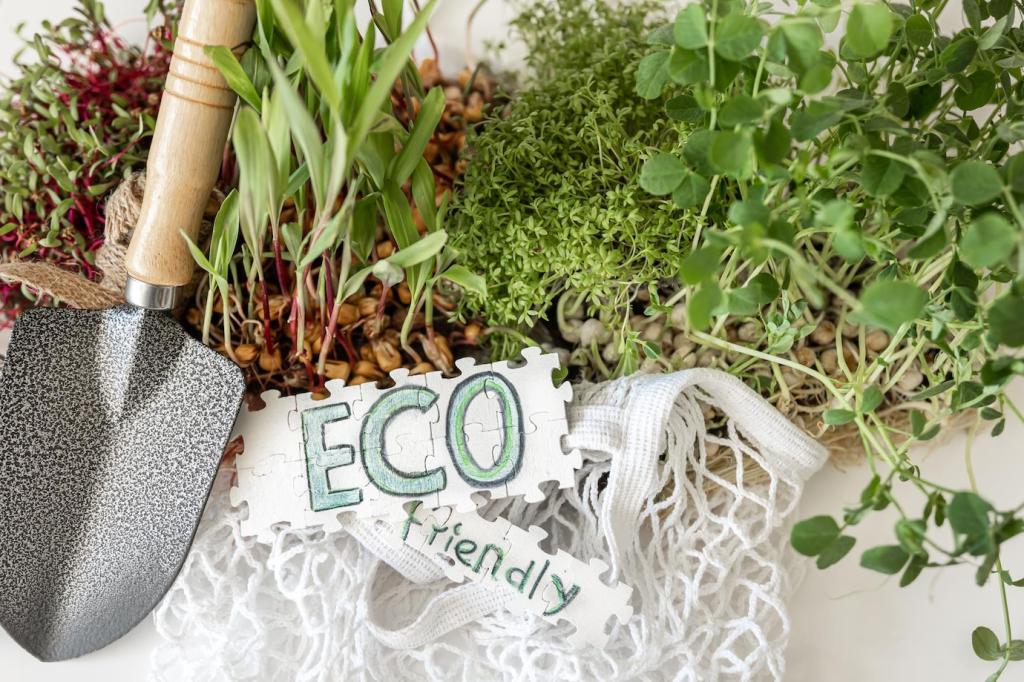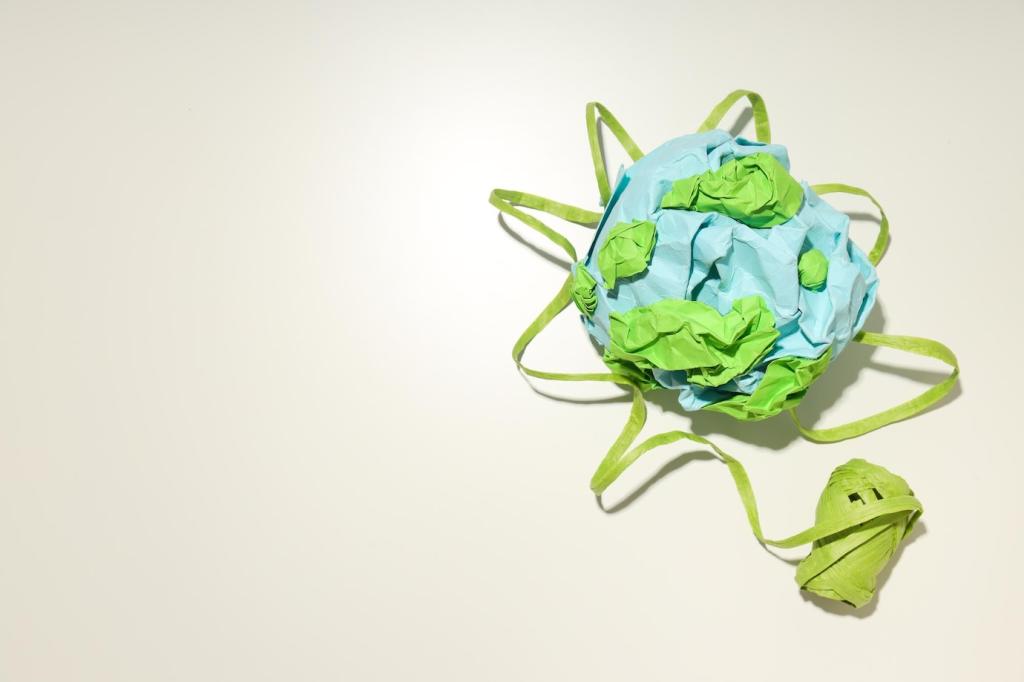Environmentally Safe Cleaning Products for Furniture Upkeep: A Fresh, Responsible Approach
Chosen theme: Environmentally Safe Cleaning Products for Furniture Upkeep. Welcome to a home where plant-powered solutions safeguard your furniture’s beauty, your indoor air, and your routines. Share your care questions and subscribe for monthly green upkeep checklists and real-life product wins.
Reading Eco Labels for Safer Furniture Care
Look for EPA Safer Choice, Green Seal, and EU Ecolabel, which vet ingredients for toxicity, biodegradability, and performance. These marks help ensure environmentally safe cleaning products for furniture upkeep won’t sneak in harsh solvents or unnecessary dyes.


Reading Eco Labels for Safer Furniture Care
Choose low-VOC formulas and fragrance-free or essential-oil–only options to protect indoor air and sensitive noses. Plant-based surfactants can clean effectively without heavy perfumes, helping your living spaces stay calm, breathable, and beautifully welcoming for daily life.
Caring for Wood Finishes with Gentle, Green Chemistry
01
Sealed Woods Need pH-Neutral Cleaners
For polyurethane or lacquer, reach for pH-neutral, plant-based surfactants. A lightly damp microfiber cloth plus a few drops of castile-style cleaner lifts fingerprints and daily grime, maintaining clarity and sheen without swelling wood fibers or clouding finishes.
02
Oil and Wax Finishes Prefer Mild Soaps
Oil-wax finishes appreciate gentle soap flakes or diluted olive-oil–based soaps. Avoid aggressive citrus solvents that may thin protective layers. After cleaning, a breathable balm with beeswax can replenish luster while keeping the wood’s tactile warmth alive.
03
A Walnut Table, Saved the Gentle Way
A neighbor’s walnut table wore a sticky film from silicone sprays. We switched to warm water, castile soap, and a beeswax balm. The glow returned slowly, sustainably, and safely—proof that patient, eco-friendly upkeep beats instant shine every time.
Enzyme Cleaners for Life’s Little Spills
Protein-based stains from milk, sauces, or pet mishaps respond well to enzyme cleaners that work at room temperature. Blot, never rub, and let enzymes dwell. The stain quietly releases without harsh bleach, saving both fabric integrity and indoor air.
The Power of Oxygen-Based Brightening
Colorfast cotton or linen cushions can benefit from sodium percarbonate, an oxygen booster that tackles dinginess. Always test and follow dye-care instructions. Unlike chlorine, oxygen-based options break down into safe byproducts, aligning with environmentally safe furniture upkeep principles.
Microfiber, Steam, and Smart Moisture Management
Use tight-weave microfiber to trap dust with minimal cleaner. For deeper refreshes, low-moisture steam on appropriate fabrics loosens grime while avoiding over-wetting. This combination reduces chemical load, speeds drying, and keeps cushions resilient and fresh across busy seasons.
Leather and Faux Leather: Conditioning with Conscience
For finished leather, choose light, pH-appropriate cleaners and balms with beeswax or lanolin. They hydrate without smothering the grain. Skip heavy silicones that attract dust and create slick residues which eventually dull the leather’s natural depth and character.

Leather and Faux Leather: Conditioning with Conscience
Use mild, plant-derived cleaners and microfiber cloths for faux leather, avoiding oils that can weaken bonding layers. A quick distilled-water wipe after cleaning prevents spotting, helping eco-safe products deliver clarity, comfort, and durable elegance across everyday seating.
Metals, Glass, and Mixed Materials: Gentle Balance
Brass, Steel, and Careful Polishing
For brass handles, a soft paste of citric acid and water can lift tarnish with minimal abrasion. Rinse and dry thoroughly. Stainless steel prefers plant-based, non-abrasive polish that removes fingerprints without hazing protective coatings or leaving stubborn films.


Streak-Free Glass Tabletops
Use an alcohol-free, plant-derived glass cleaner with a waffle-weave microfiber cloth. Work in overlapping passes and finish with a dry edge wipe. This routine protects adjacent wood finishes and prevents the misting that carries unnecessary residues onto treasured surfaces.
Build Your Eco Upkeep Caddy and Routine
Core Kit for Responsible Results
Start with concentrated castile soap, citric acid, baking soda, oxygen booster, two microfiber types, soft brushes, and refillable spray bottles. These cover daily dusting, targeted stains, and seasonal refreshes without hauling a cabinet of single-purpose, high-waste products.
Water, Dosing, and Refill Wisdom
Use cool or lukewarm water to reduce energy. Measure concentrates carefully—more product rarely cleans better. Refill bulk containers to cut plastic waste, and track costs; subscribers frequently report meaningful savings alongside healthier, calmer rooms and longer-lasting finishes.
Share, Subscribe, and Swap Tips
Post your toughest stain story or favorite gentle cleaner below, then subscribe for monthly checklists and seasonal reminders. We feature community-tested routines that keep environmentally safe cleaning products for furniture upkeep practical, affordable, and delightfully effective at home.
